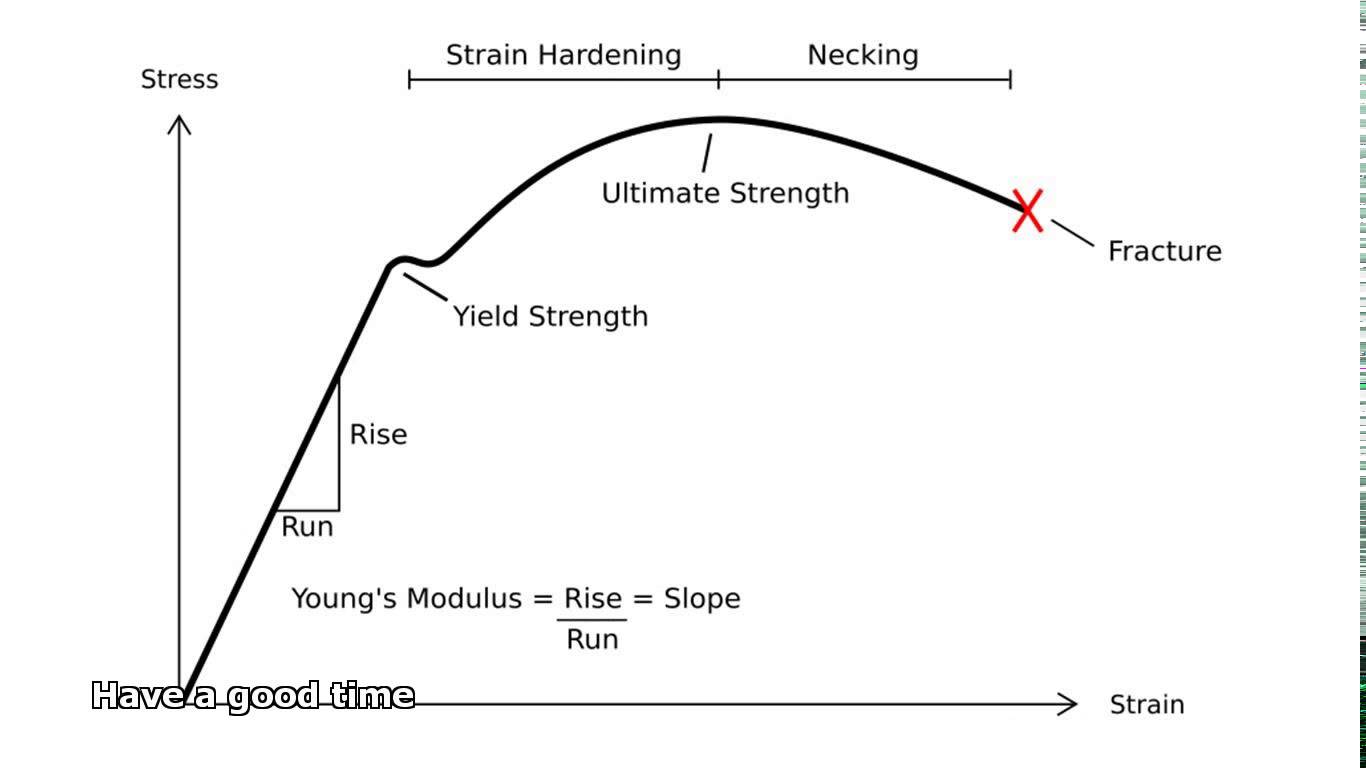I’ve got the point with karting forums where I am copying and pasting from previous discussions lol, but…
There is more going on than I think is being discussed here. And there may be more going on then I’m about to discuss. Noting that this is all my observation, driving and engineering ‘knowledge’.
First split the corner in to 5 segments, braking, turn in, apex, turn out, exit.
For this discussion we care only about turn in, apex and turn out.
So, at turn in you are almost entirely dependent on the geometry of the steering, the inside front wheel pushing into the ground, the outside front wheel lifting off the ground, geometrical change along with change of direction caused by tyres turning. The chassis tilts, unloads the inside rear wheel allowing the turn to begin. You can see this happen with a kart on a flat piece of ground, turn the wheel and stand on the outside front corner, the inside rear will lift.
Once the turn has begun you remove some of the lock, lifting the inside front and lowering the outside front wheel. At this point chassis flexure becomes the dominating handling characteristic. The load provided by the weight transfer against the tyre grip and turn radius flex the chassis to maintain the rear wheel lift. How long it stays up and at what rate it falls back down again are defined by the grip, speed, radius of the turn, steering lock and chassis (and auxiliaries) stiffness. The point you are trying to achieve is keep the wheel up in the air as long as you are turning, if it drops you will understeer, if it is inconsistent (usually caused by a drivers weak arms) then it will hop and break a rib.
The really interesting part is the turn out, as you put the power on and you remove lock from the steering, do you want the inside rear wheel on the ground or not? I suspect not until the steering is straight. I suspect that most tyre compounds have enough grip in them that you can transfer all the engines torque through one tire, and so axle tuning (or release) is about getting the rear inside wheel to stay in the air even if it is ever so slight, until your steering wheel is straight. If it drops too suddenly you have double the grip with the same amount power and one wheel needing to slide to maintain the turn (bog) or it stays up too long and you have too much turn speed and half the grip and it slides which leaves you with slide and bog.
Did that make sense?
So smaller chassis tubing would make the chassis softer, but its heat treatment or alloy choice that changes the rate of chassis flex which is critically important for chassis handling due to the reasons above.
If I refer to the image below, I think chassis are designed to operate in the strain hardening region, which is why they only last a finite time. The heat treatment and alloy choice effects the shape of this curve.
